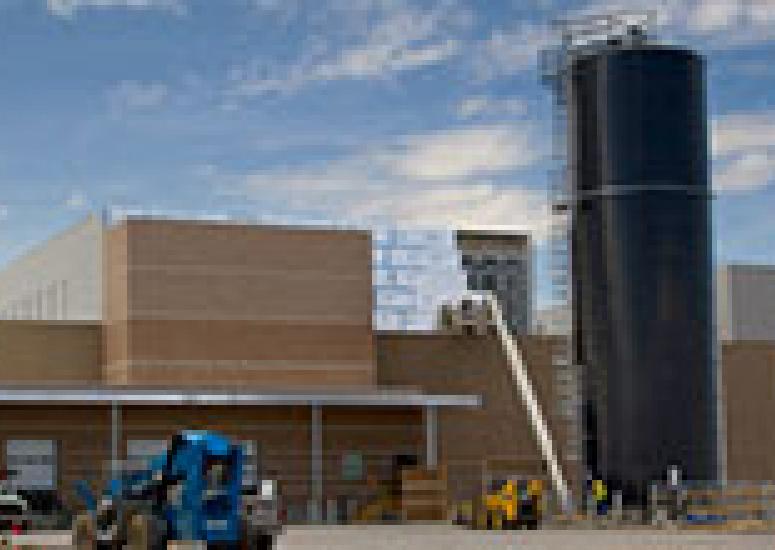-

Efficient by design
In a business park just southwest of downtown Cheyenne, the scene has been changing almost daily as construction unfolds on the NCAR–Wyoming Supercomputing Center.
- Supercomputing

In a business park just southwest of downtown Cheyenne, the scene has been changing almost daily as construction unfolds on the NCAR–Wyoming Supercomputing Center.